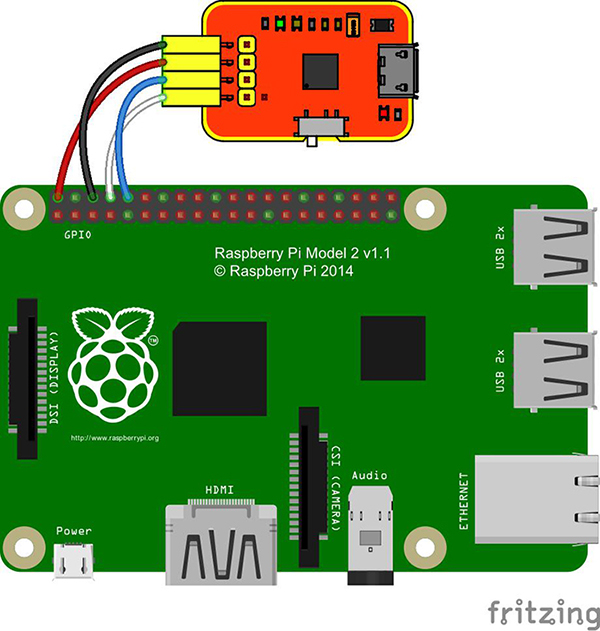

- #PARALLEL TO SERIAL CONVERTER WIKI MANUAL#
- #PARALLEL TO SERIAL CONVERTER WIKI FULL#
- #PARALLEL TO SERIAL CONVERTER WIKI PLUS#
B&B Electronics Parallel to Serial and Serial to Parallel Converter - page 8Ģ32SPS24595 Manual 7 B&B Electronics - PO Box 1040 - Ottawa, IL 61350 PH (815) 433-5100 - FAX (815) 434-7094 CHAPTER 5: SELECTING DIPSWITCH SETTINGS The 232SPS2 is set up using an eight-position dipswitch.If the 232SPS2 cannot be powered using the handshake lines, it may be powered externally using +7 to +18 volts DC at 2 milliamps. B&B Electronics Parallel to Serial and Serial to Parallel Converter - page 7Ģ32SPS24595 Manual 5 B&B Electronics - PO Box 1040 - Ottawa, IL 61350 PH (815) 433-5100 - FAX (815) 434-7094 CHAPTER 4: POWER CONNECTIONS The unit may be port-powered using DTR and RTS on the serial port.The other seven positions should be set to match the data. B&B Electronics Parallel to Serial and Serial to Parallel Converter - page 6Ĥ 232SPS24595 Manual B&B Electronics - PO Box 1040 - Ottawa, IL 61350 PH (815) 433-5100 - FAX (815) 434-7094 CHAPTER 3: SERIAL TO PARALLEL INSTALLATION When converting data from your serial port to a parallel communication format, position #8 of the dipswitch must be "OFF".The other seven positions should be set to match the data f.

#PARALLEL TO SERIAL CONVERTER WIKI FULL#
But I think the basic converters typically did their job without a full CPU - just a bunch of glue chips/logic to read a byte in one form and send it out as another. It seems that some manufacturers just never got serial handshaking to work well, and I sometimes had to resort to large buffers (typically a little box with a Z80 (or similar), 64k of RAM and ports for in & out) to work around the problem.

Over the years, I found that parallel handshaking was very reliable but serial.not so much. Voltage is, I think, the least of the conversion issues. These have been available for a long time from Patton (sells nationwide but one of my favorites because they are nearby), B & B and Black Box - all of which still list parallel/serial converters on their web sites.
#PARALLEL TO SERIAL CONVERTER WIKI PLUS#
Plus end-to-end serial has big advantages over parallel - 200 feet without any problem at all. Plus there are situations (e.g., 6 terminals plus 2 printers all connected serial to an 8-port statistical multiplexer over a modem connection back to the host) where this is just simply not an option. With PC-compatibles this is trivial, but with other machines not always so easy. In more recent years I think they even had a network card that used the same interface slot, though I never bothered with that myself. There were (still are!) plenty of options: Add a port to the printerįor example, Okidata Microline printers would typically come standard with a parallel port but you could add a serial port card (I probably still have one around here somewhere). But there aren't so many printers these days with serial or parallel ports now that 100M (or even 1G) network ports for printers are dirt cheap, so we'll call it Retro. But ports for PCs are still available and as noted below, the companies I dealt with years ago for converters still sell them. Almost all the printers I use today (and most people I know) are connected USB or networked.


 0 kommentar(er)
0 kommentar(er)
